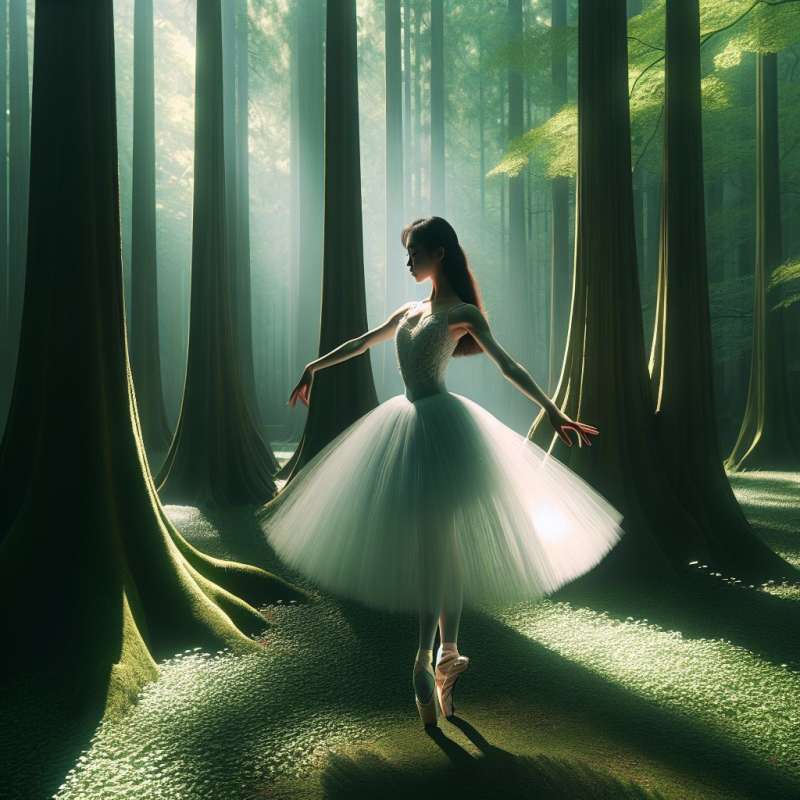
Origins of Ballet
Ballet originated in the Italian Renaissance courts of the 15th century. It began as a dance interpretation of fencing and was a spectacle among the elite, with dancers performing at lavish events.
Catherine de' Medici's Influence
Catherine de' Medici, an Italian noblewoman married to King Henry II of France, brought ballet to the French court. She organized extensive festivals that incorporated dance, decor, and music.
Birth of Ballet Comique
The first significant ballet, 'Ballet Comique de la Reine,' was staged in 1581 for the French court. Choreographed by Balthasar de Beaujoyeulx, it fused dance, music, plot, and design.
King Louis XIV's Contribution
Louis XIV, known as the Sun King, loved ballet and performed many roles himself. His passion led to the establishment of the first ballet academy, the Académie Royale de Danse, in 1661.
Transition to Professional Art
By the 18th century, ballet transitioned from court entertainment to professional art. The Paris Opera Ballet, formed in 1669, became the first professional ballet company.
Romantic Era Innovations
The Romantic era in the early 19th century saw ballet evolve with pointe work, longer tutus, and a focus on the supernatural. 'La Sylphide' (1832) introduced these elements, with Marie Taglioni as the star.
Russian Ballet Revolution
In the late 19th and early 20th centuries, Russian ballet masters like Marius Petipa and Pyotr Ilyich Tchaikovsky elevated ballet to new heights with classics like 'The Nutcracker' and 'Swan Lake.'
Where did ballet originate?
French Renaissance courts
Russian imperial theaters
Italian Renaissance courts
Company